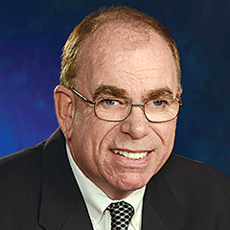
By any objective measure, the first half of 2020 has not been kind to President Trump.
The COVID-19 pandemic’s arrival was especially unfortunate. It has resulted in more than 140,000 deaths, a huge unemployment spike and a stalled economy.
Now comes the killing of George Floyd. Floyd, a black man, was apparently suffocated by police in Minneapolis. To say the resulting fallout has been divisive would be an extreme understatement.
Trump has come under fire for the way he and his administration are navigating both issues. Whether the criticism is fair or not has turned into one of our nation’s more recent partisan debates.
But here’s the thing: Despite the non-stop finger wagging and negative rhetoric, Trump’s re-election odds have apparently not changed much. Last December, Democrat Joe Biden was leading Trump by six points in most voter polls. Now it’s seven points. That’s not exactly an earth-shattering shift.
So why has the status generally remained quo? There are probably a few explanations. Here’s mine: It’s largely because most voters have already decided how they feel about the two candidates.
Those who liked or disliked Trump in December probably still feel the same way today. The same goes for Biden.
It would seem that once people make up their minds, they are highly unlikely to change them. (Which helps explain why this November’s election will likely be determined by the relatively few voters who are still undecided.)
And if you are running a long-term care community, that reality should hardly be reassuring.
Why? Because most people (or at least, most people outside this field) seem to have made up their minds that nursing homes are bad places. The sentiment tends to reveal itself in many ways. This includes the negative media coverage the sector generally receives, the field’s difficulty in attracting workers, and more.
Until prevailing attitudes are overcome, nursing homes will continue to be seen as second rate. But executing such a reversal will be no easy task. In fact, it just might be the field’s most difficult challenge.
John O’Connor is Editorial Director for McKnight’s




